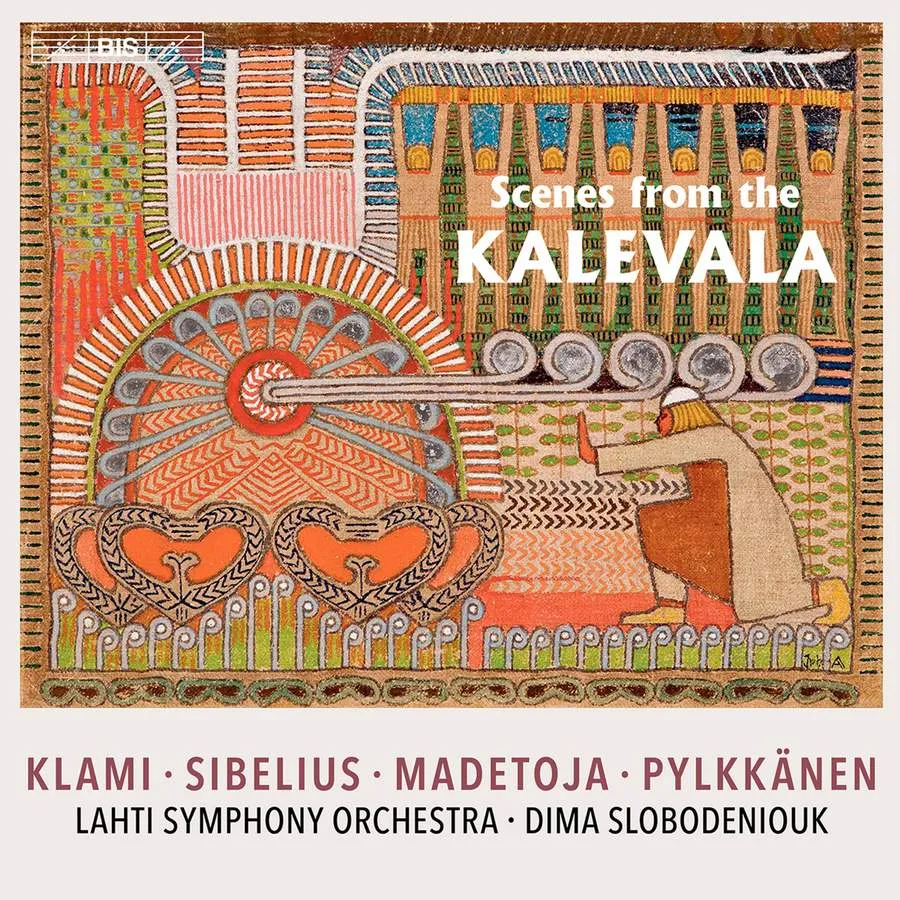
Scenes from the Kalevala Works by Klami, Madetoja, Pylkkänen and Sibelius Lahti Symphony Orchestra/Dima Slobodeniouk BIS BIS-2371 (CD/SACD) 70:43 mins
Publication of the Kalevala in 1835 (expanded 1849) marked a watershed in Finland’s journey to independence from Russia and, before that, Sweden. A collection of epic folk poems and myths rooted in oral tradition, it stirred a pride in Finnish language and culture that found preeminent musical expression in the youthful Sibelius (1865-1957) – who would become a national hero to rival those within its pages.
Yet Sibelius was only one composer to be inspired by the Kalevala. This enterprising album from the Lahti Symphony Orchestra and conductor Dima Slobodeniouk sets the world premiere recording of his pre-fame, much-shortened 1897 revision of Lemminkäinen Tuonelassa, Op. 22 No. 2 alongside works by three younger compatriots.
Leevi Madetoja (1887-1947) and Tauno Pylkkänen (1918-80) might themselves be separated by age, but their respective Kullervo, Op. 15 (1913) and Kullervon sotaanlähtö (Kullervo Goes to War, 1942) were both early works, and further share with the Sibelius a lush romantic style.
While their elder conjures in translucent textures the otherworldly darkness of Lemminkäinen’s sojourn in the Land of the Dead, Madetoja and Pylkkänen opt for galloping drama and pathos in depicting the tormented Kullervo. All handle the orchestra with confidence, the younger two composers contrasting exuberant themes and fanfares with lighter, more lyrical episodes.
Anxious to avoid comparisons with Sibelius, Uuno Klami (1900-61) turned to primitivist Stravinsky in his later Kalevala Suite, Op. 23 (1943). Ironically, the result owes somewhat unsubtle debts to the Rite and Firebird, but is performed with verve.
Steph Power